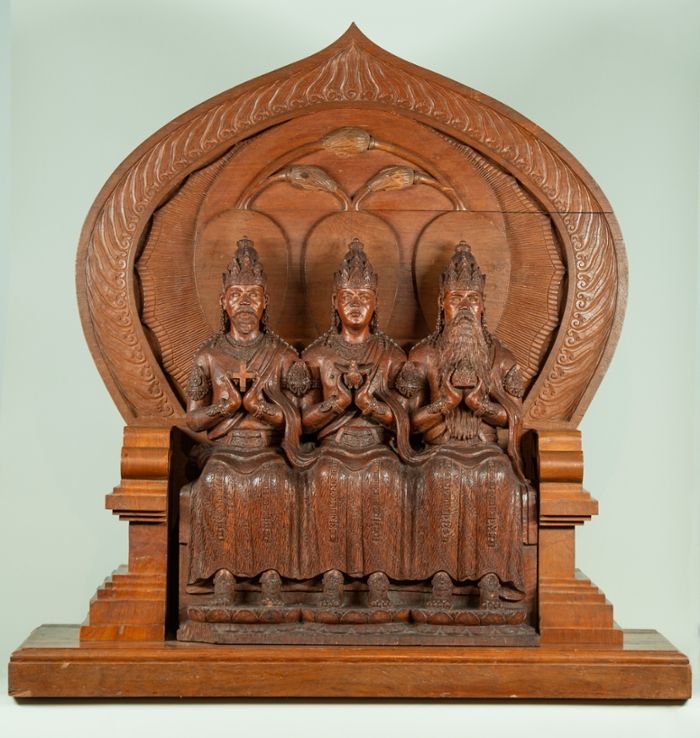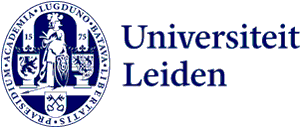Alumni event | Lezing
Van de Waal Lecture 2025: Shared heritage or cultural appropriation? The Iko-Schmutzer sculptures
- Date
- Thursday 11 September 2025
- Time
- Address
-
Lipsius
Cleveringaplaats 1
2311 BD Leiden - Room
- 0.19
Livestream
This lecture will be streamed live: use the button below to go to the livestream page.
Go to the livestream pageThe annual Van de Waal Lecture takes place on 11 September, to mark the opening of the academic year of the department of Art History.
The lecture will take place in the Lipsius Building, room 0.19. Registration is not necessary, everybody's welcome.
The lecture will also be available via livestream on this page.
This year's speaker is dr. Arthur Crucq. His lecture is titled: 'The Iko-Schmutzer sculptures at the Missionary Museum Steyl: shared heritage or cultural appropriation?' The lecture takes place with the generous support of the RKD.
About the lecture: Shared heritage or cultural appropriation? The Iko-Schmutzer sculptures
In 1925 a fascinating artistic experiment took place on Java. The Catholic layman and sugar magnate Josef Schmutzer was looking for a visual repertoire of forms for a church and chapel on the site of his sugar factory Gondang Lipuro, which should familiarize the converted Javanese with the complicated Catholic dogmas. In the Javanese sculptor Iko, who was a Muslim, Schmutzer found the extraordinary talent to materialize his designs of, for instance, the Trinity, the Sacred Heart and the Madonna, in a so-called Buddhist-Hinduist Javanese style. Besides being fascinating, these sculptures also raise uncomfortable questions. Iko mainly worked on commission, was autodidact, and thanks to his talent, was often able to work under the guidance of enthusiastic civil servants. Still, hardly anything is known about Iko’s own perspective at his artistry. Moreover, the fascination that many Dutch had for the Buddhist-Hindu past of Java often accompanied a more negative opinion about the achievements of Islam and therefore also testify of a selective image of Javanese culture. As such, the hybrid images by Iko and Schmutzer challenges us to re-think how to assess material objects that emerged from the colonial context in the former Dutch East Indies; objects, though now often musealized, that still speak to us a century later.
About the speaker
Dr. Arthur Crucq is university lecturer at the department of art history at the Leiden University Centre for the Arts in Society. In 2012 he graduated in Leiden with a thesis on the agency of Bernini's Charity sculpture from the tomb of Urban VIII at Saint Peter’s. In the years following he earned his PhD with a thesis on universal aspects within ornament, specifically abstract patterns and their power to represent, of which a revised version will be published by Brill in 2026. His interest in heritage and heritage policy in the former Dutch East Indies draws back to his family history for his grandfather K. C. Crucq (1900-1944) worked for the Archaeological Service in former Batavia. While researching that heritage, Arthur Crucq stumbled upon Iko's work more or less by chance but became so fascinated that he figured it would be interesting enough for a book. Published by WBOOKS, Van Bedaja tot Madonna (2025) became the first monograph dedicated to Iko’s known oeuvre.

